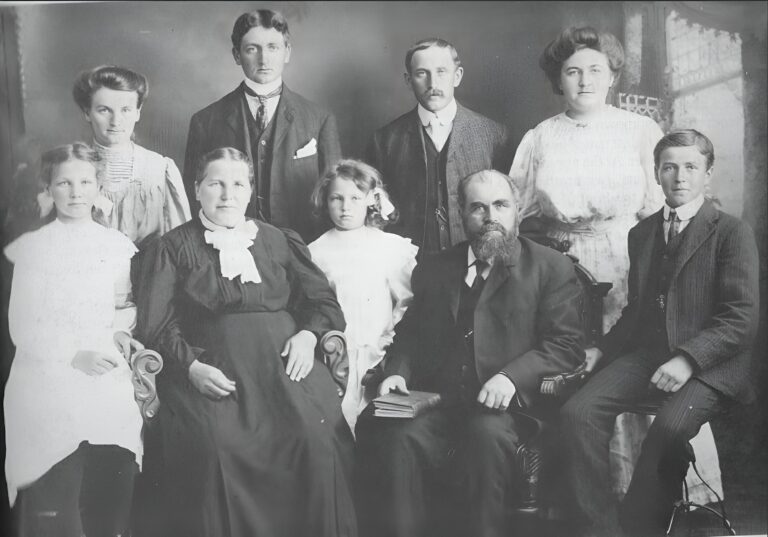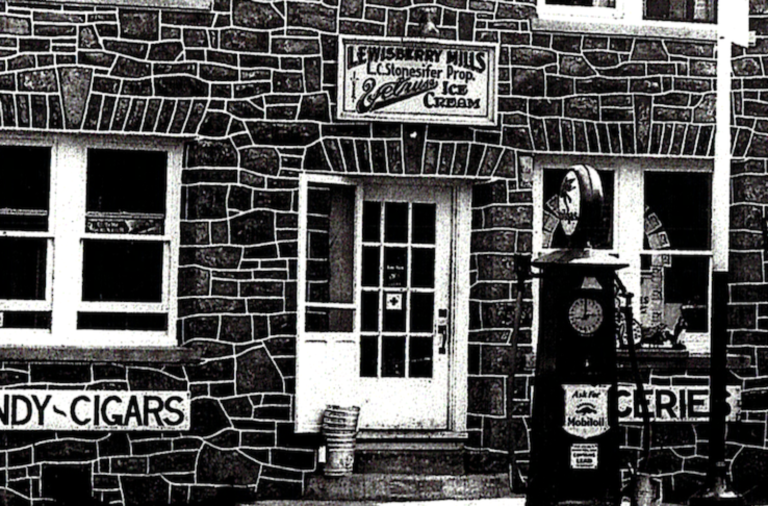On May 31, 1866, amidst the picturesque landscapes of Adams County, Pennsylvania, William Grant Stonesifer entered the world. Named in homage to Union General Ulysses S. Grant’s victory at Appomattox Court House on April 9, 1865, which ended the U.S. Civil War, young William’s middle name carried a legacy of triumph and leadership.

The tradition of naming sons after victorious war generals carries may meanings, blending admiration, historical significance, cultural heritage, and the symbolism of victory. For the Stonesifer family, it may have represented a fusion of these sentiments, encapsulating their hopes and dreams for their son’s future. As revealed by the 1900 and 1910 US Federal Census records, William Grant Stonesifer dedicated himself to farming and employment as a sawyer at a sawmill near Biglerville, most likely along Conewago Creek. This era witnessed the rise of notable sawmills like the Keystone Lumber Co. in Biglerville, where massive logs were transformed into lumber to fuel the nation’s growth.
On January 12, 1890 as documented in the New Oxford Item, William Grant Stonesifer embarked on a life-long journey with Mary Keilholtz, with whom he would raise ten children. Their eventual re-settlement in Lemoyne, Pennsylvania almost 30 years later fostered connections with families such as the Clines of Silver Lake.
Stonesifer’s entrepreneurial spirit flourished when he acquired the Cline/Lewisberry Mill and Silver Lake from Lewis Cline’s widow and daughters in 1925. Here, he envisioned a seasonal resort, nestled along the scenic banks of Silver Lake. Additionally, he operated a mill powered by the lake’s waters. Over the next 5 years dozens of lots were sold and more than a dozen cabins erected.
In an innovative approach, he created deed obligations upon resort property owners whereby they shared half the expenses for maintaining the lake for recreational purposes, while Stonesifer assumed the remaining costs to ensure a steady water supply for his mill operations. When the mill was decommissioned c. 1931, property owners became collectively fully responsible for the maintenance of the lake, dams and feeder streams. This obligation continues to the present day.
In retirement, Stonesifer found tranquility in Marsh Run, Pennsylvania, where he could reflect upon his life’s journey. From his vantage point, he overlooked the rail lines that once carried the nation’s lumber supply, the majestic Susquehanna River, and the historic routes traversed by pioneers who settled the Red Land Valley, such as Ellis Lewis.
The full story of the Stonesifer Era and Silver Lake is found in The History of Silver Lake As Told Through Its Deeds.





